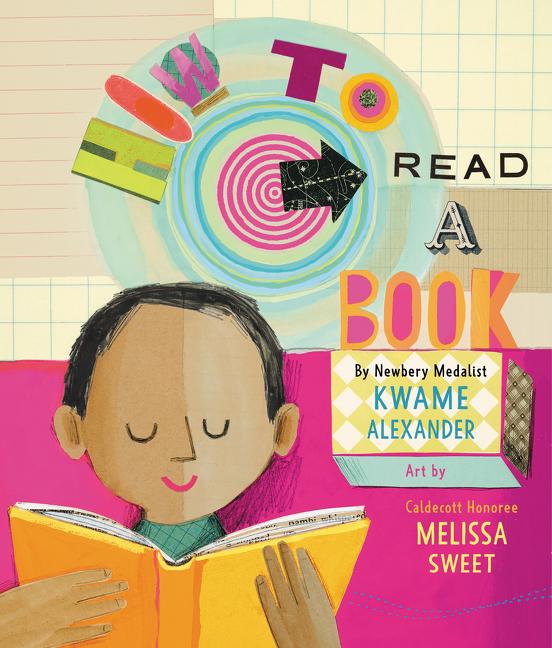Book Description
for How to Read a Book by Kwame Alexander and Melissa Sweet
From Cooperative Children's Book Center (CCBC)
First, get comfy. Then, peel back the skin, “like you would a clementine / the color of sunrise.” The metaphor of eating that juicy piece of fruit runs through a poem that speaks to the joy of books as places of refuge and discovery, where every word should be savored. The poem is hand-lettered on pages that encourage readers to slow down to experience the goodness: “Don’t rush through: / Your eyes need / time to taste. / Your soul needs / room to bloom.” In addition to the bounty of words, there is plenty to look at, too, in buoyant mixed-media illustrations that incorporate the words on each page into the design, and that also include snippets of text and covers from old books. Several pages feature inserts, or fold-outs, further underscoring the idea that reading is an act that invites active participation. (Ages 7–11)
CCBC Choices 2020. © Cooperative Children's Book Center, Univ. of Wisconsin - Madison, 2020. Used with permission.


